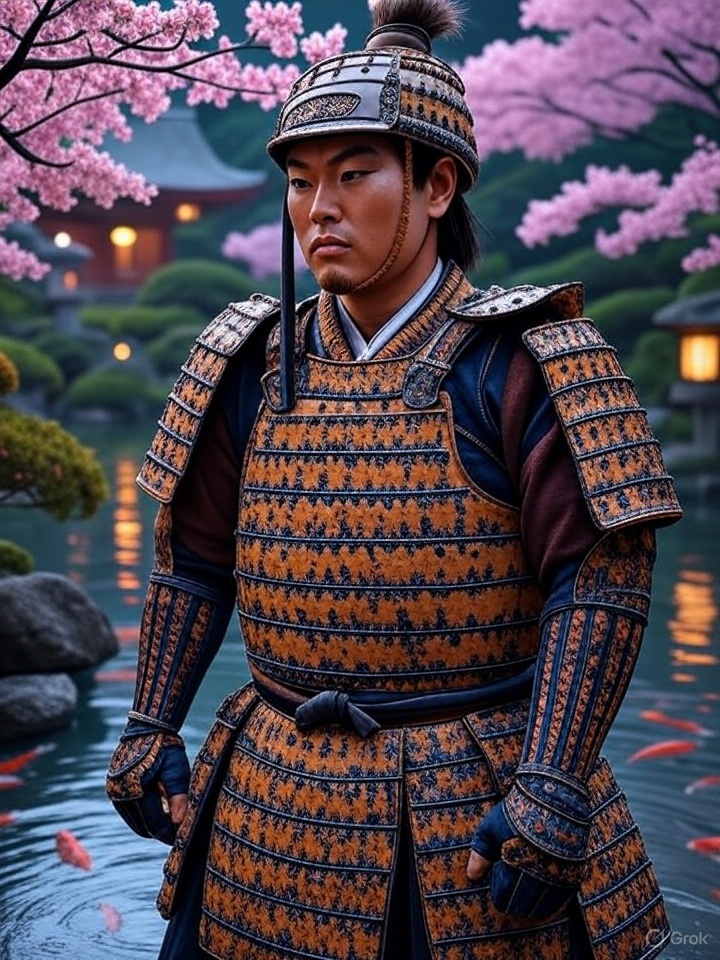Name Meaning
Overview
\n
Setotaishō (瀬戸大将) combines “Seto,” referring to a region famous for pottery, with “Taishō,” meaning general or commander.
- Seto (瀬戸) = famous pottery-producing area
- Taishō (大将) = general or commander
Origin
- Belongs to the tsukumogami class—objects that gain spirits after 100 years.
- Formed from discarded or broken ceramic wares that felt betrayed or neglected.
- Legends are rooted in Seto, Aichi Prefecture, known for fine ceramics.
Appearance
- Appears as a humanoid warrior assembled from mismatched shards of earthenware.
- Often depicted wearing armor made of ceramic plates and bowls.
- May have glowing eyes set into teacups or pot lids.
Behavior & Myths
- Roams abandoned kilns and storerooms at night.
- May exact vengeance on careless owners who broke or tossed valuable pottery.
- Sometimes seen protecting other tsukumogami or broken items.
Symbolism
- Embodies the spirit of forgotten tools and artistry.
- Symbolizes respect for craftsmanship and the impermanence of objects.
- Reminds people to value and properly dispose of household goods.

